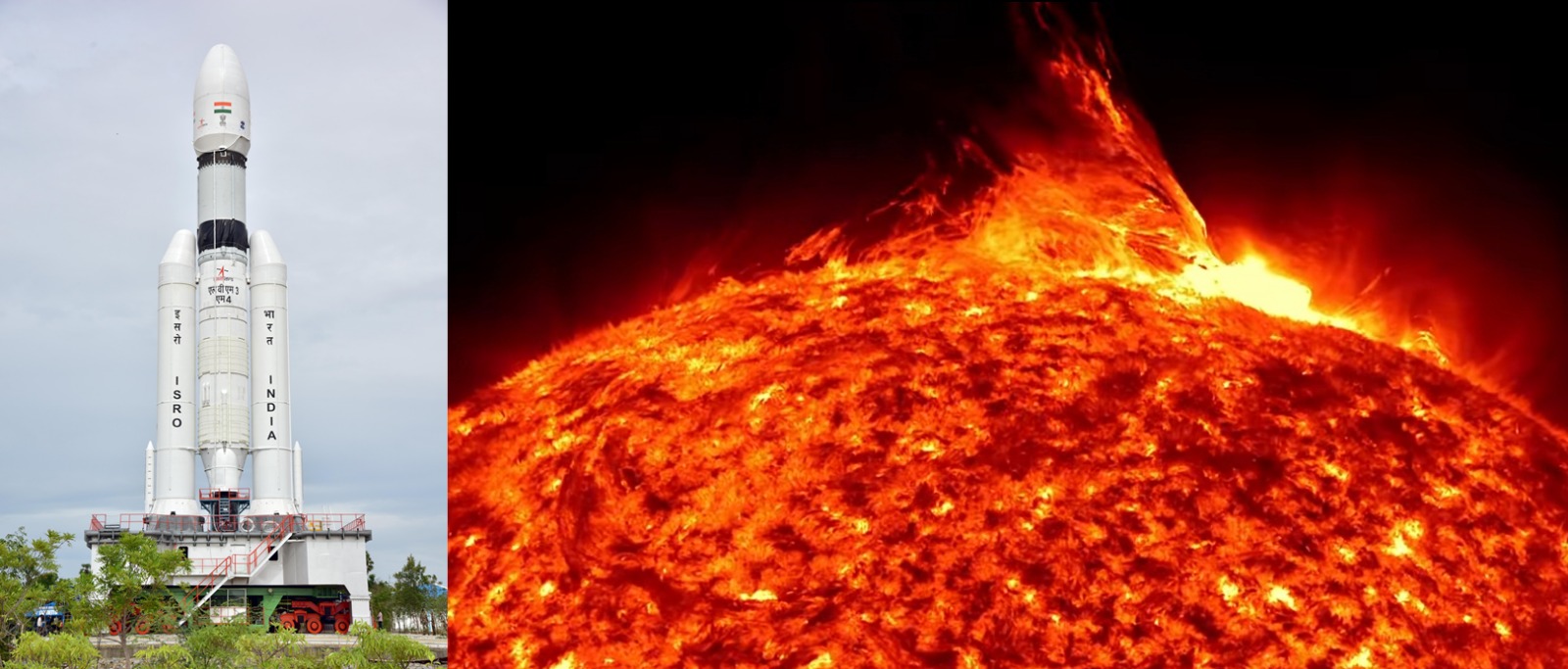Chennai, July 23 (IANS) The calendar year 2023 is a busy one for the Indian space agency launching rockets and satellites as well as testing various systems to power future rockets for its human space mission.
While the first half of 2023 saw four rocket launches carrying Indian and foreign satellites, the second half began with the Chandrayaan-3 mission with several others in the pipeline.
The Indian Space Research Organisation (ISRO) is gearing up for a commercial launch — carrying third party satellites to orbit for a fee — with its Polar Satellite Launch Vehicle (PSLV) later this month.
The Indian rocket will carry the Singaporean DS-SAR satellite weighing about 360 kg, along with six other small satellites — VELOX-AM, ARCADE, SCOOB-II, NuLIoN, Galassia-2 and ORB-12 STRIDER.
Following that will be another interplanetary mission. And this time the Sun Mission.
The SRO will be sending up its Aditya L1, a coronagraphy satellite, on a Polar Satellite Launch Vehicle rocket to study the solar atmosphere towards the end of August.
According to ISRO, the spacecraft will be placed into a halo orbit around the first Lagrange point, L1, of the Sun-Earth system.
The satellite around the L1 point has the major advantage of continuously viewing the Sun without occultation/eclipses.
The Aditya L1 mission is slated to happen a couple of days after ISRO attempts to land on the lunar soil its lander that is being carried by the Chandrayaan-3 spacecraft.
Following that will be the orbiting of Anwesha satellite and XPoSAT- a X-Ray Polarimeter Satellite with the ISRO’s Small Satellite Launch Vehicle (SSLV). It will be the country’s dedicated polarimetry mission to study the dynamics of bright astronomical X-ray sources in extreme conditions, the government said.
The launch of the Radar Imaging Satellite- RISAT-1B aboard the PSLV rocket is planned in the second half of 2023.
The Indian space agency with its Geosynchronous Satellite Launch Vehicle (GSLV) plans to orbit INSAT-3DS and two IDRSS (Indian Data Relay Satellite System) satellites.
These rocketing missions apart, ISRO will be testing the various systems that will go into its LVM3 rocket for the maiden human space mission.
Looking back at the year, ISRO had two successful commercial launches and three of the nation’s satellites.
The two commercial missions were the launch of 36 satellites belonging to the UK based OneWeb with the LVM3 rocket in March and the TeLEOS-2 satellite with two piggyback payloads in April.
In February, ISRO launched the earth observation satellite EOS-7 with the SSLV rocket, the navigation satellite NVS-01 in April with the GSLV rocket and the prestigious Chandrayaan-3 mission with the LVM3 rocket in July.
(Venkatachari Jagannathan can be reached at v.jagannathan@ians.in)

